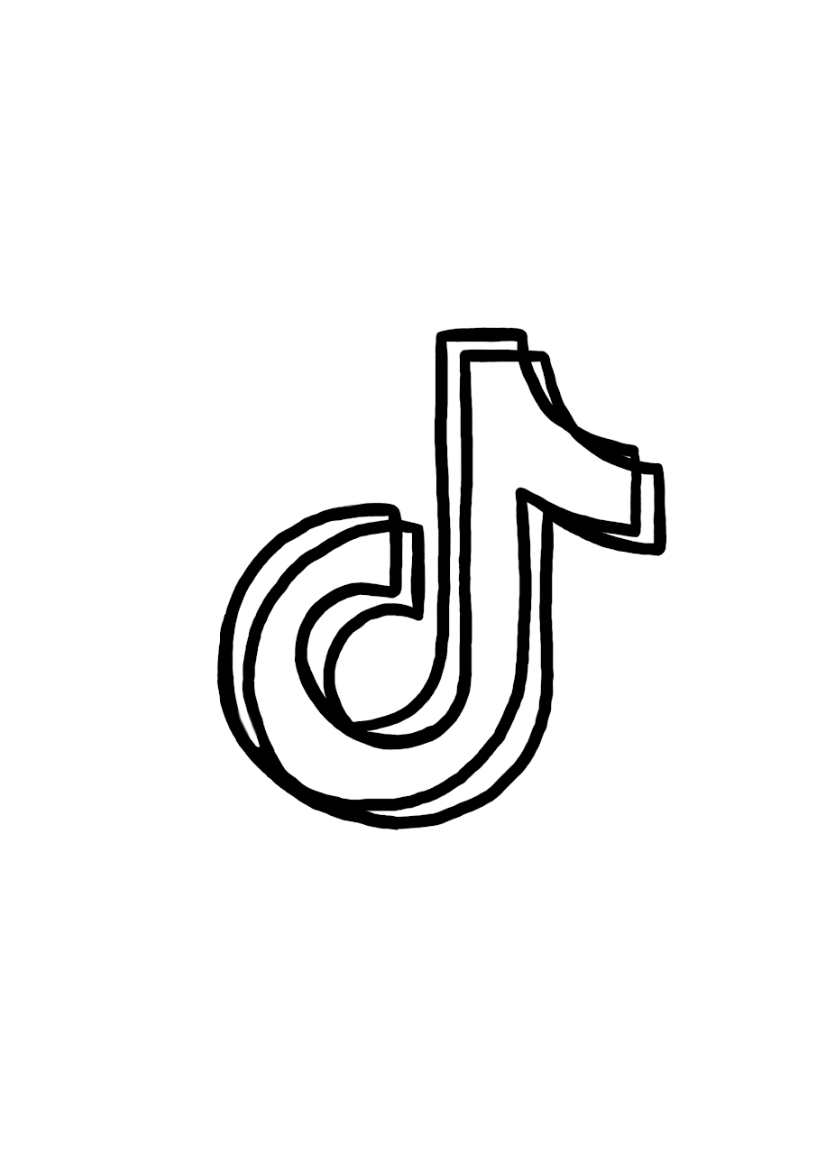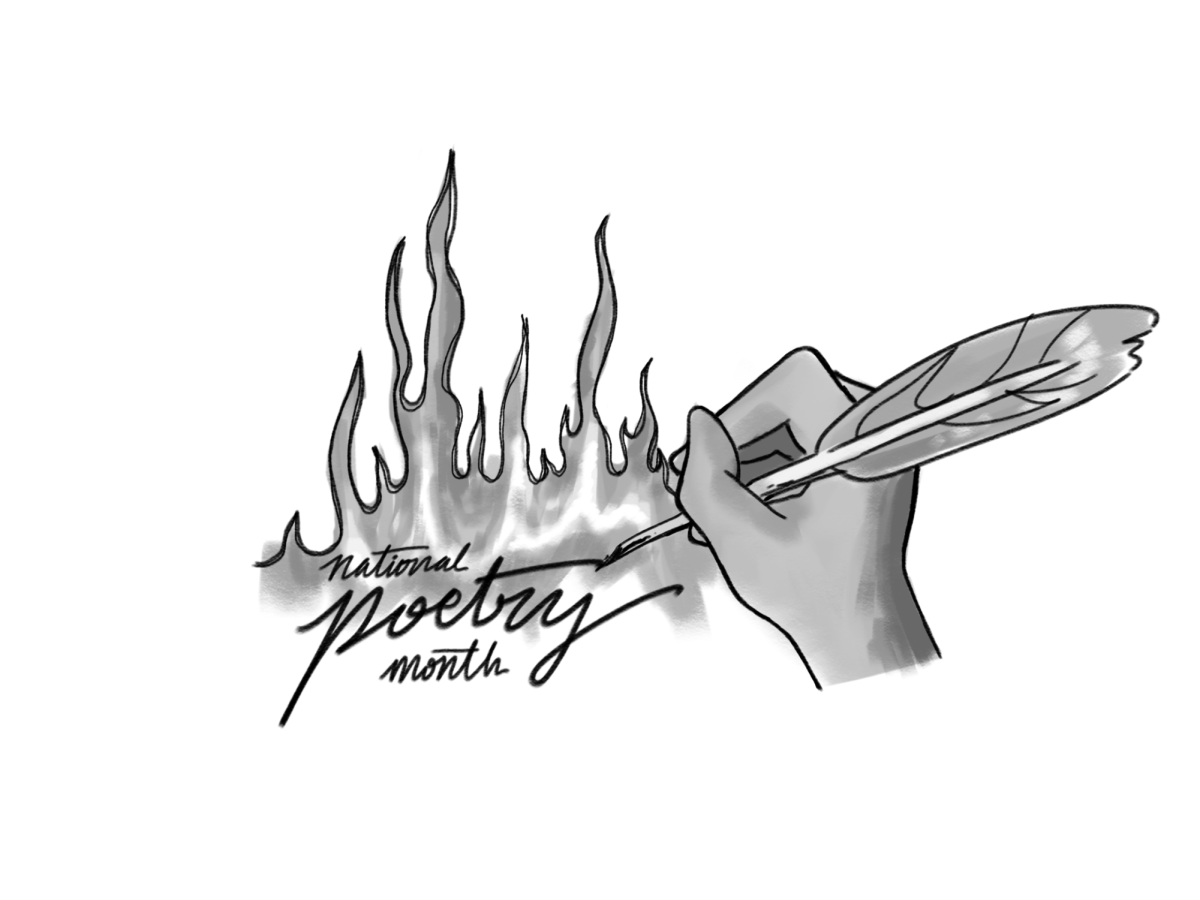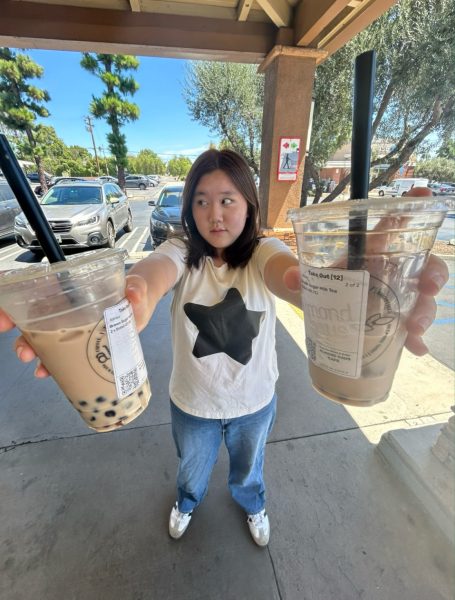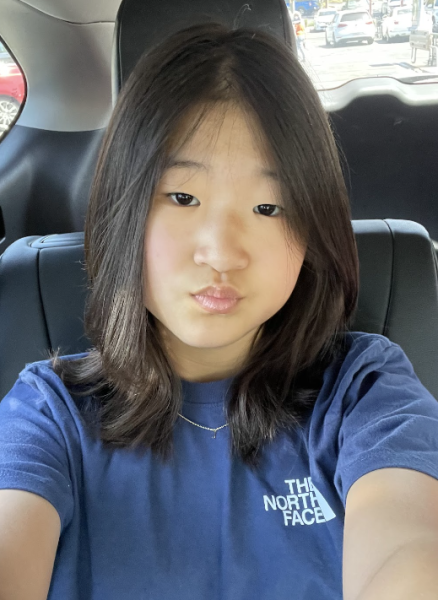“Our last TikTok streak…”
Tears and pain consumed the entire TikTok community when the app was finally announced to be banned on January 19, 2025. Panicked viewers rushed to save millions of edits to their camera roll from their favorites folder. Users opened the app only to see a disclaimer reading, “We regret that a U.S. law banning TikTok will take effect on January 19th and force us to make our services temporarily unavailable.” However, the “ban” did not last for long—users were able to access the app again the next day, January 20 after a mere 15 hours. This left some relieved and some disappointed. Why exactly was this beloved app banned, and what were the reactions of the public?
The idea first developed when President Trump introduced his interest in signing an executive order to ban the app during his first term in 2020. The reasoning for the potential ban stemmed from the “threat to U.S. national security” the platform allegedly held because of its Chinese owned parent company. Since then, countless court issues and announcements have been made every year, making the TikTok ban an annual notice. However, it seems that 2025 was finally the year to make what felt like a running joke a reality. The bill would force TikTok’s parent company, ByteDance, to sell the app or face a ban. It ended up passing through Congress, the Senate, and the Supreme Court, devastating millions of users.
Days before the ban was announced, many TikTok users decided to migrate to other apps. Although lots of “solutions” had dominated the media, many chose to move over to Xiaohongshu, a Chinese app that is a combination of Pinterest and Instagram. So many users migrated in such a short time that the nickname “TikTok refugee” was coined. Some new users spread racist comments and made fun of the different cultures, making Chinese users outraged, as most content must abide by the Chinese constitution and law. Others wrote comments of respect, stating that new users must act as guests. Many even thought of changing their VPN in hopes of getting access to TikTok through a loophole. While Americans boasted about finding a good alternative, conflicts rose between both groups of users. While the ban has been lifted, these apps remain popular. CHS sophomore Ruby Lu shared her experience.
“Red Note is not just about videos, it also has posts,” Lu said. “There is a cultural difference; the makeup styles or the clothing styles are kind of different. There are a lot of stereotypes between both countries based on the news and the government, so they talk bad things about each other.”
Moreover, TikTok was not just an app for videos and dancing, it was an internationally connected platform, helping users from around the globe communicate with each other. The ban was also expected to somewhat stop the influence of brain rot and lessen the amount of screen time children soaked in. Freshman Coyle Hodge shared her thoughts about the ban.
“I think the ban was ineffective,” Hodge said. “It won’t keep kids from brain rot, and they’ll still have YouTube shorts and things like that.”
Hodge’s thoughts reflect those of a large portion of the public. Some main concerns regarding TikTok were doom scrolling, brain rot, and bad influences on children. This is why when the ban was announced many people supported it. But as Hodge stated, the ban may not be as effective as it seems. Many platforms such as YouTube Shorts and Instagram Reels, present the same concerns as TikTok. However, the majority of the public were dismayed at the ban announcement.
Currently, TikTok is no longer available from the app store. The platform is only up and running for people who had previously owned the app. However, the law that Trump signed will only prevent the ban for 75 days. For now, users can only hope that the bill is delayed for as long as possible.


















